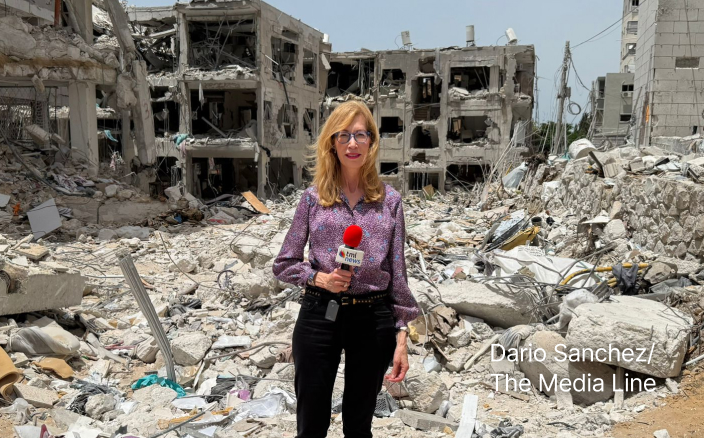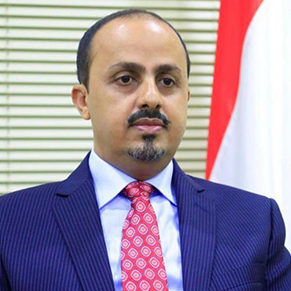OPINION – Iran’s Hand in Yemen: Strategic Implications of Abdul Reza Shahla’i’s Return
The return of Abdul Reza Shahla’i, a senior commander in Iran’s Islamic Revolutionary Guard Corps (IRGC) who is listed on US terrorism watchlists, to areas under Houthi control marks a dangerous escalation in Tehran’s regional strategy. This move signals Iran’s shift to direct and overt management of the conflict, with threats extending beyond Yemen to regional and international security.
For the Houthi militia, this is the most critical phase since the war began. The killing of its top commander, Muhammad Abd al-Karim al-Ghamari, along with the elimination or disappearance of other leaders, has led to the collapse of its military and security structure.
That collapse follows precise strikes against its military infrastructure, intensified international sanctions, disruption of Iranian smuggling routes, and the decline of its financial resources and illicit networks.
Against this backdrop, Tehran intervened to reinforce its proxy’s control by deploying Shahla’i—one of the most dangerous IRGC officers, highly experienced in managing armed insurgencies, financing terrorist activities, and developing missile and drone capabilities.
Give the gift of hope
We practice what we preach:
accurate, fearless journalism. But we can't do it alone.
- On the ground in Gaza, Syria, Israel, Egypt, Pakistan, and more
- Our program trained more than 100 journalists
- Calling out fake news and reporting real facts
- On the ground in Gaza, Syria, Israel, Egypt, Pakistan, and more
- Our program trained more than 100 journalists
- Calling out fake news and reporting real facts
Join us.
Support The Media Line. Save democracy.


His presence confirms that the Houthis’ military and security decisions are now being directly crafted in the IRGC’s operations rooms.
At the same time, this return comes as Houthi attacks on international shipping in the Red Sea, Bab el Mandeb, and the Gulf of Aden have declined due to depleted Iranian arsenals and intensified international naval patrols. Iran responded by reactivating missile and drone programs, restoring smuggling networks, developing new maritime targeting methods, and preparing the Houthis for another round of escalation. With nearly 12% of global trade passing through these waterways, any renewed Houthi escalation poses a direct threat to maritime security and the global economy.
Beyond the symbolism, this return exposes the falsehood of the Houthis’ “sovereignty” narrative. It reveals the presence of Iranian operations rooms in Houthi-controlled areas, turning them into an operational arm of Iran’s broader regional scheme.
Such intervention is not the end of the danger. The Houthis’ continuous development of advanced missiles and precision targeting technologies indicates qualitative, technical, and intelligence support from other parties—transforming Yemen into a dangerous hotspot on one of the world’s most vital maritime corridors, an open theater of conflict, and a new version of the “Hezbollah model” on a strait more sensitive than the Strait of Hormuz.
To confront this escalation, a clear and coordinated international response is required. That includes targeting financing and smuggling networks to limit the Houthis’ ability to rebuild their offensive arsenal, strengthening Red Sea and Bab el Mandeb security through multinational naval operations that deter threats to international shipping, and supporting the Yemeni state as the first line of defense against Iranian expansion and the transformation of Yemen into an advanced launchpad for adversaries of the international order.
To both the United States and the wider international community, this expansion poses a direct threat, affecting freedom of navigation, energy market stability, and regional security in the Gulf and Red Sea, as well as counterterrorism efforts and the national security of major powers. It tests the international community’s ability to prevent militias from using global maritime routes as tools of extortion and threat.
Ultimately, the return of Abdul Reza Shahla’i is not a passing event but a strategic escalation that reflects Iran’s intentions. It places the world before a direct threat in one of the most critical maritime corridors, reaffirming that the conflict in Yemen is not merely local but a central front in confronting an expansionist project that endangers global security.


